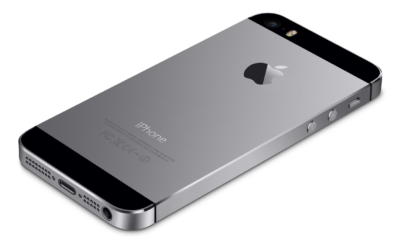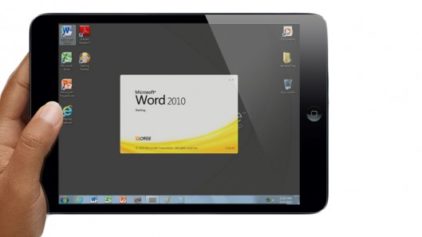Whether it’s the ongoing consumerization of IT, or just companies looking for a more flexible approach, businesses are beginning to take tablets seriously.
IDC expects global tablet sales to hit 117.1 million this year, rising to a staggering 261.4 million units by 2015. Rival analyst Gartner expects business purchases of tablets to triple between now and 2016.
While nobody believes tablets will entirely replace laptops and PCs, most manufacturers and analysts now expect them to play a big part in enterprise IT.
There are good reasons to join in. For roles in which mobility, flexibility and access to business data are more important than processing power or a large workspace, tablets are arguably the most convenient and usable devices around. However, without the right rationale, planning and support, buying a fleet of them could be an expensive mistake.
The right device for the job
For Jamie Burgess, client solutions specialist for Microsoft, it’s vital that the decision to buy tablets is backed up by a real business-use case, so that companies “understand what the user is trying to do.”
Some tasks can be managed with touchscreen devices and applications, while some are better suited to a laptop or even a desktop PC. Hybrid and convertible devices might seem to offer the best of both worlds, but if someone spends most of their day working on spreadsheets or setting up reports, then a tablet makes little sense. Businesses should break down users into groups, and assess the potential benefits or otherwise for each group.
It may also be worth considering tablets as part of a wider shift in IT strategy. If you’re moving from on-premises solutions to a cloud-based approach, or from single-user desktop PCs to a more flexible, pooled-resource model, tablets could fit in. An iPad or Surface with Windows RT is no magic bullet, but it could be the right tool in the right circumstances.
Management
Once you’ve decided who actually needs a tablet, the next question is how to manage them. “Manageability is one of the key things that IT managers have been concerned about in the past,” says Adam Griffin, Dell’s global tablet product manager. “If you have to manage a tablet device in your existing environment, then you want it to be as easy as possible.”
This is where the choice of tablet and operating system becomes crucial. “If you have a client infrastructure that’s based around Microsoft Windows and you bring in an Apple or Google tablet, then you have to manage that separately. The reasons why businesses have done so, even though it’s a slight inconvenience to them, come down to what they see as the productivity benefits.”
The iPad has advantages here, in that iOS has become a key focus for Bring Your Own Device schemes, and Apple has worked hard to support management features in iOS and OS X. The recent iOS 6 update supports S/MIME secure email, locked-down profiles and the ability to lock an iPad to a single app, plus a supervised mode, which gives administrators the power to change iOS device security and usage profiles over the air.
There’s much you can do with Apple’s free Configurator tool, provided there’s a Mac or OS X server in-house, and the OS also offers good support for VPNs and deployment of in-house apps through the Developer Enterprise Program. Smaller companies may get away with only Apple Configurator to manage a small fleet, although larger or more demanding enterprises will find a range of mobile device management (MDM) tools available…
Read more: pcpro.co.uk


